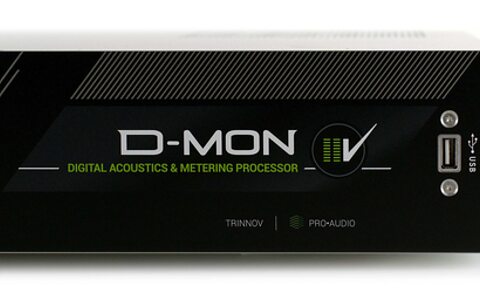
Korg offer free sound pack with Nautilus
Ultimate Synth Selection will be delivered on a USB stick, and contains sounds modelled after the MS20, Polysix, Wavestation and many more.

Ultimate Synth Selection will be delivered on a USB stick, and contains sounds modelled after the MS20, Polysix, Wavestation and many more.

J-S monitors now incorporate advanced room and speaker correction DSP

Control software for Millennia's premium mic preamps now works on Apple computers

SOS podcast explores DPA's contribution to the NASA 2020 Mars mission

New T-RackS plug-in captures nine different spaces at the legendary Muscle Shoals recording house.

Version 2 of the Neve 8078 emulation adds a host of new features.


SCV DistributionRAD Distribution are giving SOS readers the chance to win a complete studio bundle comprising Avantone monitors, United Studio Technologies microphone, Black Lion Audio interface and Avantone headphones (bundle prize worth £2,500$2,500).
Front of House — often a term used to describe a PA system, providing amplified sound to the audience, as distinctly opposed to the 'monitor system' providing foldback to the musicians or performers.
See Public Address System